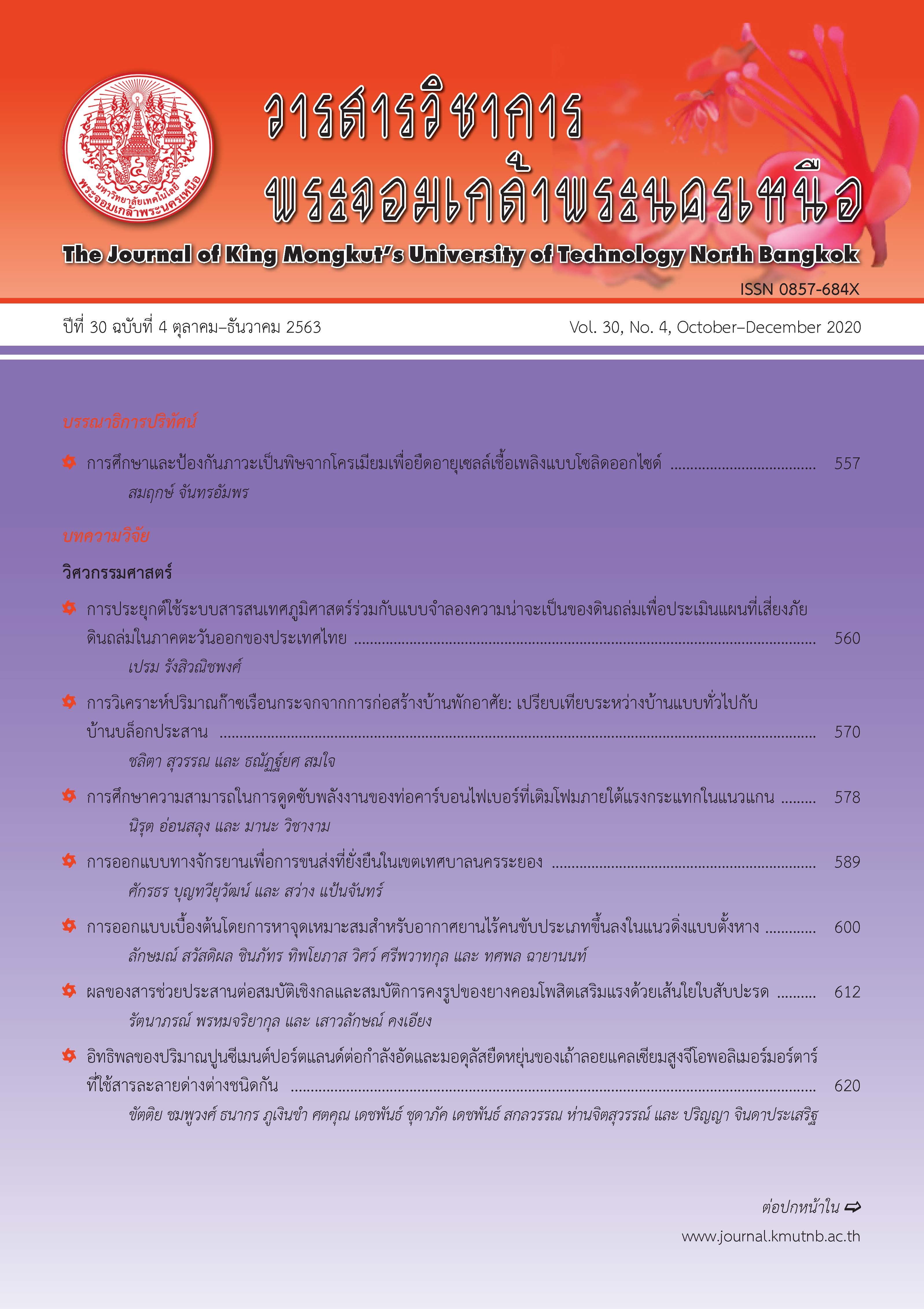Development of Gemstone Entrepreneur’s Potential Model in the Gemstone Industry in the Digital Age
Main Article Content
Abstract
This research aimed to 1) study the significant factors of the gemstone entrepreneur’s potential in the gemstone industry, and 2) develop a model of gemstone entrepreneur’s potential in the gemstone industry. The study was an integrated research of quantitative and qualitative approach. The informants for data collection consisted of 1) the 5 gemstone industrial experts for in-depth interview; 2) a group of 470 gemstone entrepreneurs in gemstone industry for answering the questionnaire; and 3) the 9 experts of related in the gemstone industry. The research tools were in-depth interview questions, questionnaire, and an evaluated form for the model verification. The in-depth interview data were analyzed by content analysis. The questionnaire data were analyzed by frequency, mean and standard deviation. The verifying data were analyzed by content validity ratio (CVR). The results found that the model composed of 4 essential factors, ranked at the highest level. They were: 1) Knowledge and competence in gemstone industry; 2) Characteristics of gemstone entrepreneur in the gemstone industry; 3) Gemstone industrial management; and 4) Behaviors of the gemstone entrepreneur in the gemstone industry. The model was verified by the experts of related in the gemstone industry found that received unanimous agreement from 9 experts for its appropriateness as a gemstone entrepreneur’s potential model in the gemstone industry at 1.00 CVR.
Article Details
The articles published are the opinion of the author only. The author is responsible for any legal consequences. That may arise from that article.
References
[2] P. Kanoklertwonges and V. Chandrarsorn, “The management of thai gems and jewelry business,” EAU Heritage Journal Social Science and Humanities, vol. 7, no. 3, pp. 331–340, 2017 (in Thai).
[3] Pemba Gems, (2017, February), Know the Truth about Jewelry, [Online]. Available: http://www.pembagems.com.
[4] V. Zamanzadeh, M. Rassouli, A. Abbaszadeh, H. Alavi-Majd, A. R. Nikanfar, and A. Ghahramanian, “Details of content validity and objectifying it in instrument development,” The Journal of Nursing Practice Today, vol. 1, no. 3, pp. 163–171, 2014.
[5] P. Thetbanthad, T. Boonyasopon, and P. Attavinijtrakarn, “A potential development framework for intermediate managers of the petrochemical industry,” The Journal of KMUTNB, vol. 30, no. 3, pp. 529–536, 2019 (in Thai).
[6] Th. Prasitthi-on, S. Samahito, and P. Sawasdikiat, “The executive competency development of sports industry,” Journal of Nakhornratchasima college, vol. 10, no. 2, pp. 165–180, 2016 (in Thai).
[7] T. Chatmaphanrungsi, C. Chotiwong, and S. Pinthapataya, “A study of important knowledge and skills of gynecologist,” Journal of Technical Education Development, King Mongkut’s University of Technology North Bangkok, vol. 31, no. 1, pp. 137–142, 2019 (in Thai).
[8] Th. Srisowanna, “Factors affecting gold and jewelry buyer satisfaction in Thailand,” M.S. thesis, Faculty of commerce and accountancy Thammasat university, 2017 (in Thai).
[9] K. Antonis, M, M. Van den Berg Peter, and P. M. Wilderom Celeste, “Managing employee empowerment in luxury hotels in Europe,” International Journal of Service Industry Management, vol. 18, no. 1, pp. 70–88, 2007.
[10] R. Anantakul, “Marketing mix factors and Thai people’s buying behaviour of Mynmar gems,” M.S. thesis, Global Business Management, Burapha University, 2017 (in Thai).
[11] V. Kaewpipat, “Factors influencing pearl purchasing in Phangnga province,” M.S. thesis, Rajamangala University of Technology Thanyabury, 2011 (in Thai).
[12] L. Altinay, M. Madanoglu, G. De Vita, H. Arasli, and Y. Ekinci, “The interface between organizational learning capability, entrepreneurial orientation, and SME growth,” Journal of Small Business Management, vol. 54, no. 3, pp. 871–891, 2016.

